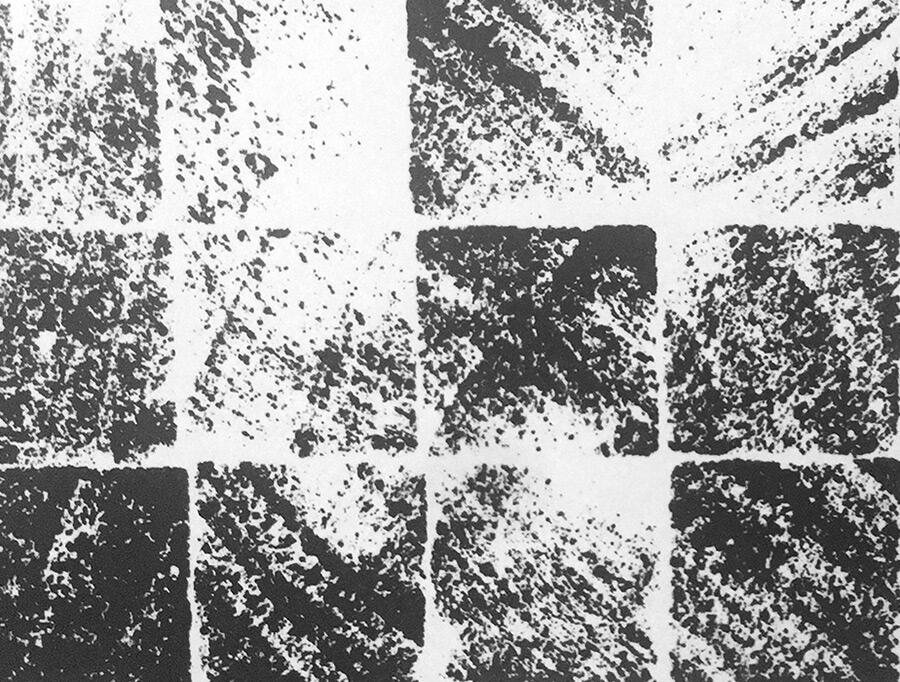Stories We Missed: Eileen Isagon Skyers on New Perspectives for Decentralized Art
After a year of volatility in the crypto markets, Skyers considers the community-building potential for artists working on the blockchain
After a year of volatility in the crypto markets, Skyers considers the community-building potential for artists working on the blockchain

This year saw the beginning of the end of the Web3 tech bubble. As the NFT market cooled, and once soaring prices began to fall across multiple third-party platforms, even organizations with strong networks and legacies struggled to galvanize markets around token communities. After a surge in popularity over the course of the pandemic and a meteoric rise in prices thereafter, on-chain digital art reached what looked like the conclusion of a prominent hype cycle.
Nevertheless, discussion, debate and experimentation have persisted, offering glimpses into the potential of DAOs (decentralized autonomous organizations), NFTs and decentralized infrastructures beyond the hype. In the tradition of media art and net art before them, artistic innovation and medium-specificity in the NFT space have driven the return of multiple online micro-communities. Many artists enjoy the associated network effects, and have embraced the continued affordances of automated secondary sales, building sustained relationships and communities of collectors who support their individual ethos.

David Rudnick’s ‘Tombs’ series – 177 on-chain artworks depicting vibrant minidiscs – began unfolding across different contracts, platforms, mechanics and blockchains. The full series has been published in a physical printed index, each one assigned its own on-chain NFT called an ‘Index Marker’. Those who claim their Index Markers are linked to a community of individuals in a ‘Tombs Council’ that will ultimately determine the future of the project together.
In September, a collaborative experiment by visual artist Tyler Hobbs and crypto-collector Dandelion Wist made headlines after raising nearly USD$17 million in sales. Titled QQL, the project invited collectors to actively contribute to the making of the artwork by selecting palettes, structures and varieties to input using their QQL algorithm. While any viewer could access the algorithm to create new and emergent outputs, only collectors of mint passes could mint works into the official QQL collection.
Curator Regina Harsanyi similarly experimented with audience co-creation in her exhibition ‘On Screen Presence’, in what she described in her curator’s note as ‘frustrated retaliation against scrolling through thumbnails of decontextualized artwork’. The show came together over the course of five days, in live-streamed actions staged on Feral File’s website. For a set period of time each day, those who collected NFT passes for the livestreams could engage in a dynamic relationship and peer ‘behind the veil’ – so to speak – at the artist among various objects in their studios. For Molly Soda’s performance (Movie on 06-03-22 at 1.00 PM, 2022), for example, the artist shared hundreds of video clips with participants to co-create a wholly original Molly Soda video, a kind of mass-generated group conversation with the artist. For John F. Simon Jr.’s Every Icon: BlockPrint (2022) he invited his audience to co-create a traditional woodblock print with him. Each participant was assigned ten of 1000 available pixels on a grid, which they could either toggle on or off. More conceptually driven NFTs series also abound in 2022. John Gerrard’s Petro National was co-presented this summer by Pace Verso and Art Blocks, featuring a set of simulations of iridescent oil slicks floating atop the water. A WebGL piece that exists both online and on-chain, each image centres a generative refraction algorithm in the outline of a specific country. Each algorithm is set to correspond to its assigned region’s per capita oil consumption: lower consumption rates display lighter, more delicate layers of oil within the NFTs, while higher rates generate thicker, heavier splotches. The work continues Gerrard’s longstanding practice of addressing environmental conditions in his art – though one might note the irony of his deployment of the blockchain, which has been widely criticized for its intensive energy use.

Even after Ethereum made moves toward reducing its environmental impact in August 2022, the mainstream art world has remained somewhat hesitant to adapt, with few commercial galleries engaging meaningfully with NFTs, and museums seldom adding them to their exhibitions. One exception is the recent exhibition ‘Peer to Peer’ (2022), curated by Tina Rivers Ryan, which features new works by thirteen artists working in response to their ‘peers’ in the Buffalo AKG Art Museum’s collection. Exploring varied media formats including GIFs, videos and smart contracts, the new works offer conceptual analogues of their antecedents, which include a painting by Winslow Homer, a surrealist work by René Magritte, an abstract colour field by Mark Rothko and a language-based piece by Joseph Kosuth. Conceived as a benefit sale for the museum, the show shares a percentage of sales with its artists while also committing to accessioning their work into the museum’s collection. This commitment, for the first time perhaps, meaningfully positions artworks that engage with NFTs amidst the rigorous art history that preceded them.
It is nearly impossible to ignore the impact that the blockchain has had on art and culture to date: it has opened avenues for creative collaboration, and generated polarizing debates over energy consumption, stewardship and provenance. As we look ahead to another year of a no doubt belaboured conversation around ‘digital art as an asset’, it is crucial that we continue to recognize the hybridity of NFTs being produced with intention, ambition and innovation – even if the market backdrop continues to be characterized by dramatic fluctuations.
Main Image: John Gerrard, Petro National (China), 2022. Courtesy: © John Gerrard / Artists Rights Society (ARS), New York


















